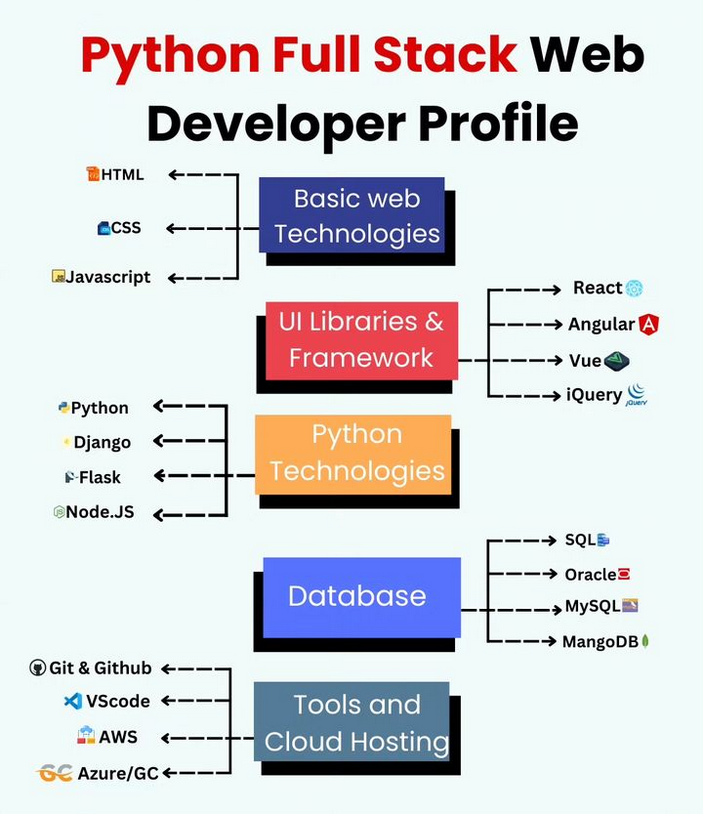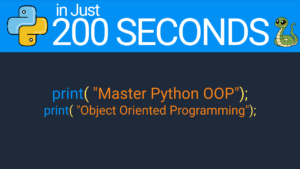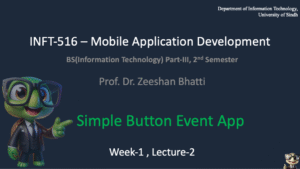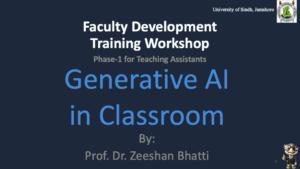
Python Full Stack
In today’s world of ever-evolving technology, full-stack development has become a key skill for developers aiming to handle both front-end and back-end development. If you’re aspiring to become a Python Full Stack Web Developer, it’s essential to understand the roadmap and master the necessary technologies.
1. Basic Web Technologies
To start your journey as a full stack web developer, it’s essential to have a solid understanding of the basic web technologies:
- HTML (HyperText Markup Language): The backbone of any web page, HTML is used to structure content on the web. It allows you to create and organize sections, headings, links, paragraphs, and more.
- CSS (Cascading Style Sheets): CSS is used to style and layout web pages. It controls the look and feel of the website, including colors, fonts, and spacing.
- JavaScript: A powerful scripting language that enables interactive web pages. JavaScript is essential for creating dynamic content, handling events, and building complex web applications.
2. UI Libraries and Frameworks
Once you have a grasp of the basics, the next step is to learn about various UI libraries and frameworks that can help streamline your development process:
- ReactJS: A popular JavaScript library for building user interfaces, particularly single-page applications. React allows you to create reusable UI components.
- AngularJS: A structural framework for dynamic web apps. It lets you use HTML as your template language and extend HTML’s syntax to express your application’s components clearly.
- Vue.js: A progressive JavaScript framework for building user interfaces. Vue is designed to be incrementally adoptable and focuses on the view layer.
- jQuery: A fast, small, and feature-rich JavaScript library. It simplifies things like HTML document traversal and manipulation, event handling, and animation.
3. Python Technologies
Python is a versatile language that’s great for both backend and frontend development. Here are some key technologies to learn:
- Python: The core language itself. Python is known for its readability and simplicity, making it a great choice for beginners and experts alike.
- Django: A high-level Python web framework that encourages rapid development and clean, pragmatic design. Django is great for building robust and scalable web applications.
- Flask: A micro web framework for Python. Flask is lightweight and easy to get started with, making it ideal for small to medium-sized applications.
- Node.js: While not a Python technology, Node.js is essential for full stack developers. It allows you to run JavaScript on the server side, enabling you to build scalable network applications.
4. Databases
Understanding databases is crucial for any full stack developer. Here are some common databases you should be familiar with:
- SQL: A standard language for managing and manipulating databases. SQL databases are relational and use structured query language for defining and manipulating data.
- Oracle: A powerful relational database management system. Oracle is widely used in enterprise environments for its robustness and scalability.
- MySQL: An open-source relational database management system. MySQL is known for its reliability and ease of use.
- MongoDB: A NoSQL database that uses JSON-like documents with optional schemas. MongoDB is great for handling large volumes of unstructured data.
5. Tools and Cloud Hosting
Finally, mastering various tools and cloud hosting services will help you manage your projects efficiently and deploy your applications:
- Git & GitHub: Git is a version control system that lets you track changes to your code. GitHub is a platform for hosting and collaborating on Git repositories.
- VSCode (Visual Studio Code): A powerful, lightweight code editor with support for various programming languages and extensions.
- AWS (Amazon Web Services): A comprehensive cloud platform offering a wide range of services, including computing power, storage, and databases.
- Azure/Google Cloud: Both Azure and Google Cloud offer robust cloud computing services, including virtual machines, databases, and AI tools.
Conclusion
Becoming a Python Full Stack Web Developer is a rewarding but challenging journey. By following this roadmap, you’ll be well-prepared to handle both front-end and back-end development tasks. Focus on learning each technology deeply, build projects to test your skills, and stay up to date with the latest industry trends to become a successful full-stack developer.





